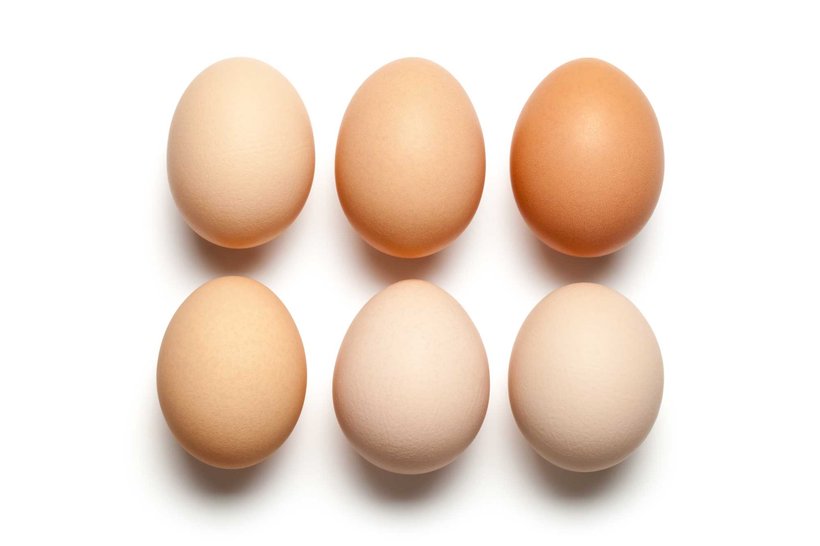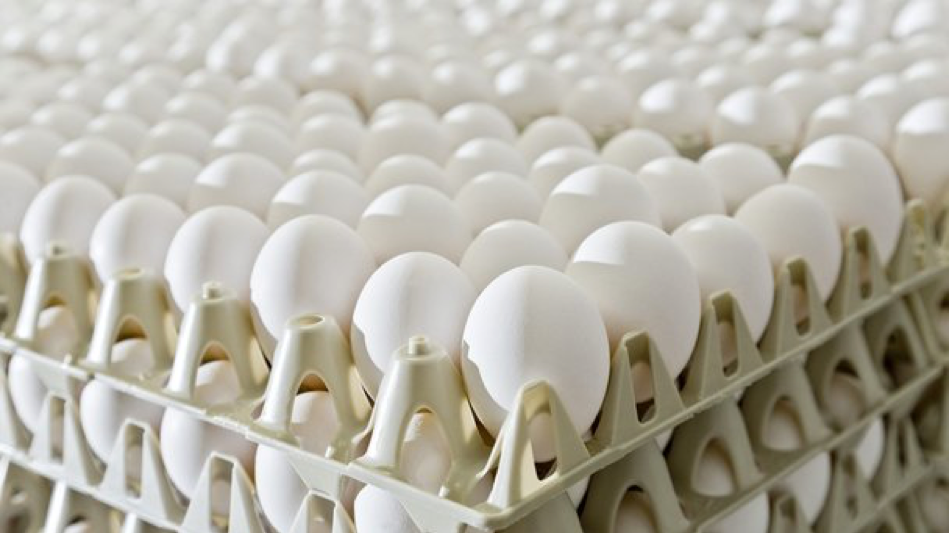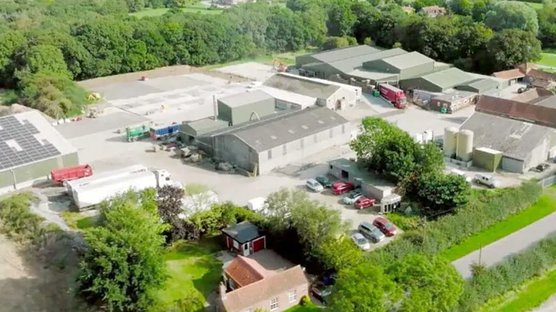
Published on July 3, 2018
Breeding for prolonged laying cycles in laying hens, a breeding programme explained!
In just 6o years layer breeding has produced modern hybrids with performance and persistency characteristics that would have astonished the breeding pioneers of past generations.
The evolution of layer breeding
In just 6o years layer breeding has produced modern hybrids with performance and persistency characteristics that would have astonished the breeding pioneers of past generations.

One crucial decision underpins the effectiveness of the Hendrix programme – the extension of the testing programme from 80, to 100 weeks -10 years ago. This was necessary because decades of selective breeding had reduced the genetic variation for several traits, at 80 weeks. This extension created the scope to measure more the variations between selection candidates and their families, revealed by the longer period. The resulting genetic improvements resulted in production performance increases whilst simultaneously decreasing the environmental impacts from laying hens.

For example, in 1960 laying hens averaged 230 eggs per cycle, yielding 5,000 eggs per ton of feed – today’s flocks average 430 eggs per cycle and yield a staggering 9,500 eggs per ton of feed. Each year the Hendrix breeding programme alone saves 500,000 metric tons of feed, from only a 19mg feed saving per hen. Teun also reported on research which demonstrated that prolonging the laying cycle by ten weeks saves 1g of Nitrogen for every dozen eggs produced.
Today’s breeding challenges
Despite the impressive results achieved by the breeding programme it remains a fact that changes made in 2018 take until 2021 to show results in commercial flocks. The breeding programme has also adjusted to a massive change of breeding goals over the last decade. Welfare has continued to increase in importance at the same time as the changes in egg production, driven by retailers, NGOs and society in general continue to create new challenges for breeding programmes – especially the ban on cages and the wider adoption of alternative, free range systems.

The traits we are now seeking to breed for are very diverse and frequently overlap – for example feather cover effects feed consumption. The challenges in making the genetic improvements for these traits include the biological complexity of the trait, difficulties in recording accurate phenotypes and low heritability
New technology and research
Collecting individual and family data is key for any breeding programme. The move to free range systems, with birds housed in large groups makes collection of data on individual birds difficult, indeed it would have been impossible 10 years ago. Working with partners including equipment manufacturers and universities, Hendrix are now using Radio-Frequency Identification(RFID) tagged birds to accurately collect individual recordings from birds housed in larger groups.



